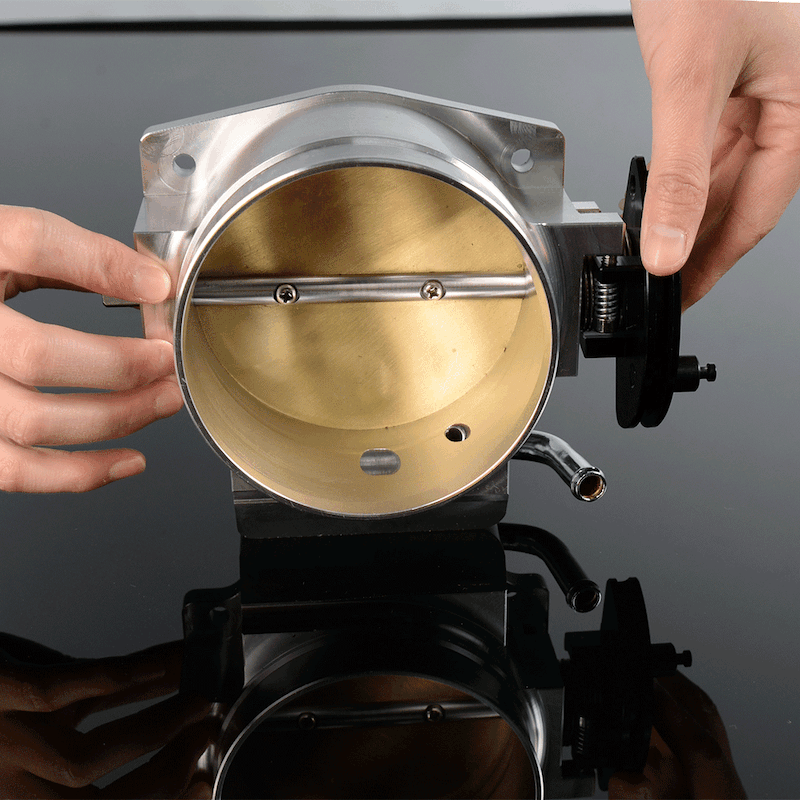How does Cruise Control work? Explained!
Hey friends, Happy Wednesday!
Let’s look at how Cruise Control works in an automobile this week. I aim to write my newsletter issues in a way one can follow them while traveling on a bus, having a coffee, waiting for food, etc. Let’s jump in!
Shoutout!
Thank you Sudharshan for letting me know that the emails are not narrow, making it difficult to read on a monitor. I fixed it this week, hope it should be better now :)
Tweet of the week
I’m sharing a cool fact about gadgets every day on Twitter. And here is one of them for you (the following is a GIF).
How does Cruise control work?
If I remember correctly, the first time I rode in a car with cruise control was on the way to Tahoe with my friend, a couple of years back. Many cars have this technology as we’re moving towards more advanced capabilities like full self-driving vehicles. So here is how it works!
Introduction
Before I proceed, let me clarify that I am referring to cars that run on gasoline. Once activated, the cruise control feature lets a car cruise at a constant speed without having you press the accelerator pedal constantly. But I won’t go into other details of the functions of a Cruise control as it’ll only tell you what it does rather than how it does. So here we go.
Basic operation
1. The first step is to determine the car’s current speed. This is done using a speed sensor that is located on one of the wheels. The speed sensor sends this information to the ECU (Engine Control Unit).
2. The ECU then compares it to the set speed entered by the driver (in many cases it’s the current speed when you engage the cruise control in an attempt to maintain that speed). If the car is traveling slower than the set speed, the ECU sends a signal to the throttle control system to increase the throttle opening. If the car is traveling faster than the set speed, the ECU signals the throttle control system to decrease the throttle opening.
3. How does increasing the throttle valve opening increase the speed of the car? The more the valve opens up, the more air is intake from the environment through the throttle body. Which results in more fuel intake into the engine cylinders for maintaining the air/fuel ratio. The faster the crankshaft rotates due to combustion, the faster the car travels.
Figure: Throttle valve
But how do we control the exact position of the throttle valve?
Let’s say our current speed is 10 mph, and that the desired cruise control speed is 100mph. The difference is 90mph so we need to open the throttle valve almost fully to allow a lot of air intake in order to reach the desired speed.
But if the difference is only 5mph, opening the throttle valve fully can result in the car overshooting and going beyond the desired speed. It’s difficult to control the car at the same speed. So in this case, we might need to open it only a little bit more in order to make up for the small difference.
How do these observations shape the algorithm that we can use to adjust the throttle valve position accordingly?
PID control
The algorithm used to control the throttle valve position exactly is a PID control. It works by calculating the error between the current speed and the desired speed, and then adjusting the throttle valve based on three factors: proportional (P), integral (I), and derivative (D).
This needs a separate blog post of its own. But if you’re hearing this for the first time and interested to know the specifics, here is a video that explains everything about it in a few minutes.
Question of the week
We looked at how cruise control works. But what is Adaptive cruise control and how does that work? Reply to this email with your thoughts, and we’ll have a discussion.
Blog posts
My blog post-S2E3 exploring Adaptive Cruise control in detail is coming out next week. I’ll notify you next Wednesday about the same :)
Also, let me know if you’d like to read about a specific gadget/device by replying to this email. And I can write about it.
Gadget of the week
For Pet parents: Petcube Bites is a smart HD pet camera with a treat dispenser. You can remotely watch your pet with live 1080p HD video, night vision, and 4X digital zoom. And the best part is that you can toss treats remotely from your phone as well, by setting the amount and distance.
Thank you for reading!
Have a nice rest of the week, and take care!
Until next Wednesday,
Chendur

